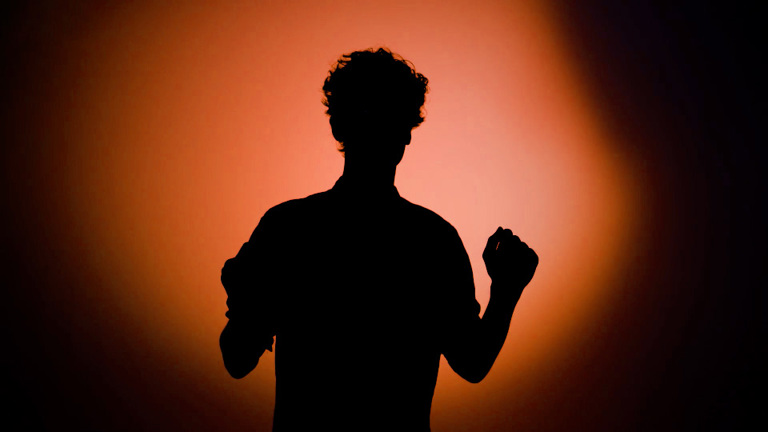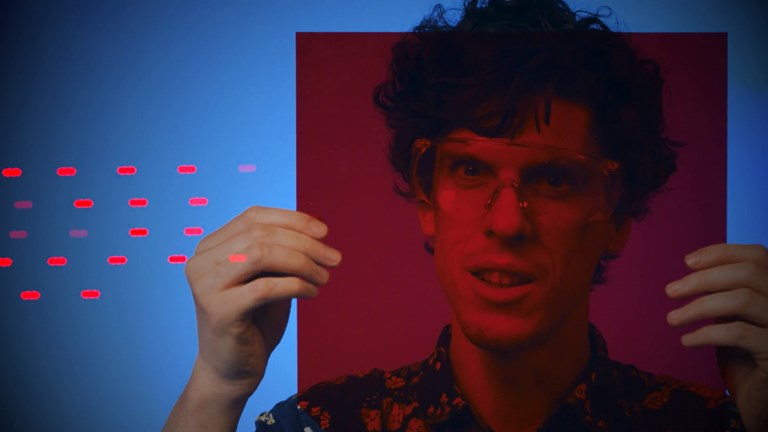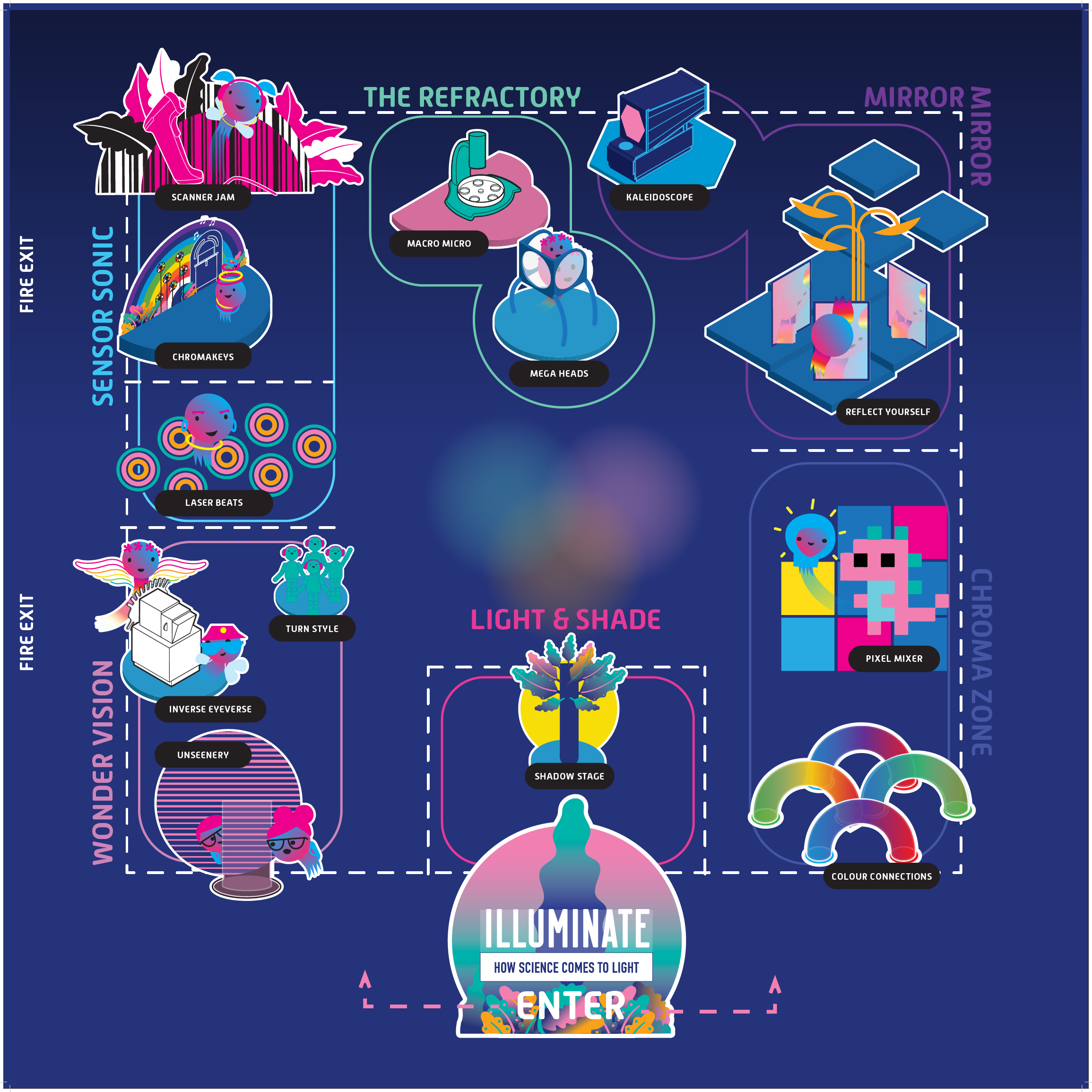
Why does my shadow change?
Have you ever wondered why shadows can be different shapes or change size during the day?
Gather the crew and get ready for an epic interactive light adventure!
Illuminate is a brand new exhibition exploring the science behind the fastest traveller in the universe – light. Ignite the senses and learn through hands-on interactive play. What is light, what can we do with it and how do we see?
In this vibrant festival-themed exhibition you will explore visual perception and illumination through colour, sound and action. Learn how light behaves, such as how it reflects and refracts and what tools we’ve invented to harness it.
Be drawn by colour, sound and activity to move between six festival zones, each exploring a different aspect of sight and light, as well as a rest zone to regroup and relax.
Compose a luminous symphony and mix light to create a field of colour. Manipulate mirrors and encounter surprising views of yourself as you navigate through a series of warped reflections. And dance to the drumming beats of the invisible laser sensor chamber.
Bend light, blend colour, dance with shadows and transform reflections. With an array of open-ended interactive exhibits, magnify, mix, animate, draw, design and compose – all with light!

Have you ever wondered why shadows can be different shapes or change size during the day?

Did you know that you can hide messages in plain sight using colour science?

Have you ever wondered why you can't see in the dark? You can use a pinhole camera to show how your eyes work.
Use this map to guide you through the Illuminate exhibition.

We see things because light reflects off objects and surfaces into our eyes.
Disappear behind an invisibility shield.
Science: Lenticular lens bends light for optical illusion of invisibility.
Find out how we see by playing with this simple camera which turns things topsy-turvy.
Science: A simple camera shows how light forms an upside-down image at the back of our eye which our brain later inverts.
Make an animation by posing the figures and spinning the dance floor.
Science: Fast turning mirrors create reflective frames which blur into motion
Sensors act like a computer’s eyes.
Spin the dials and program music with colour!
Science: Colour sensors detect the reflected energy of light to determine the colour. Our eyes have cone shaped cells which are colour sensors.
Pick up barcode scanners and scan different patterns to create your own soundscape.
Science: Pattern sensors detect the reflected energy of light to determine areas of light and dark. Our eyes have rod shaped cells which are light sensors.
Dance your way through an invisible laser forest to make percussive beats.
Science: Invisible focused and coherent light (LiDAR) can be used for breakbeam and distance sensing
Science: Lenses refract (bend) light.
Bend light with lenses to see tiny things in BIG detail!
Science: Different shaped lenses bend light to make objects appear in more detail. Stacking several lenses creates an even more zoomed in view.
Duck into a perception changing, light-bending, magnifying lens booth.
Science: Fresnel lenses are special flat lenses which can magnify objects or focus light
Science: Mirrors are special light reflectors.
Create a disco of patterns, colour and faces with a giant kaleidoscope and large-scale projection.
Science: Beautiful symmetrical patterns are seen as light enters the kaleidoscope and bounces back and forth creating mirror images of mirror images.
Experiment with your appearance with a mix of image morphing mirrors!
Science: Different shaped mirrors can converge or diverge reflected light and warp your appearance.
Science: Additive and subtractive colour mixing.
Use tubes and shapes to connect and blend coloured lights.
Science: Adding wavelengths of light together creates lighter and lighter colours until you get white light
Create new pixel art by stacking and mixing different coloured translucent pieces.
Science: Filtering or absorbing wavelengths creates darker colours until you get black.
Science: Light travels in a straight line, when it’s blocked, a shadow is cast.
Gather your friends on stage and dance with shadows!
Science: Opaque materials block all the light, translucent materials let some light through, transparent materials let most of the light through.
Sit under a calming canopy of lights in the centre of the exhibition where you can watch others play and recharge.
museums victoria colour partner
We are making improvements to our website and would love to hear from you about your experience. Our survey takes around 10 minutes and you can enter the draw to win a $100 gift voucher at our online store!
Museums Victoria acknowledges the Wurundjeri Woi Wurrung and Boon Wurrung Bunurong peoples of the eastern Kulin Nations where we work, and First Peoples across Victoria and Australia.
First Peoples are advised that this site may contain voices, images, and names of people now passed and content of cultural significance.